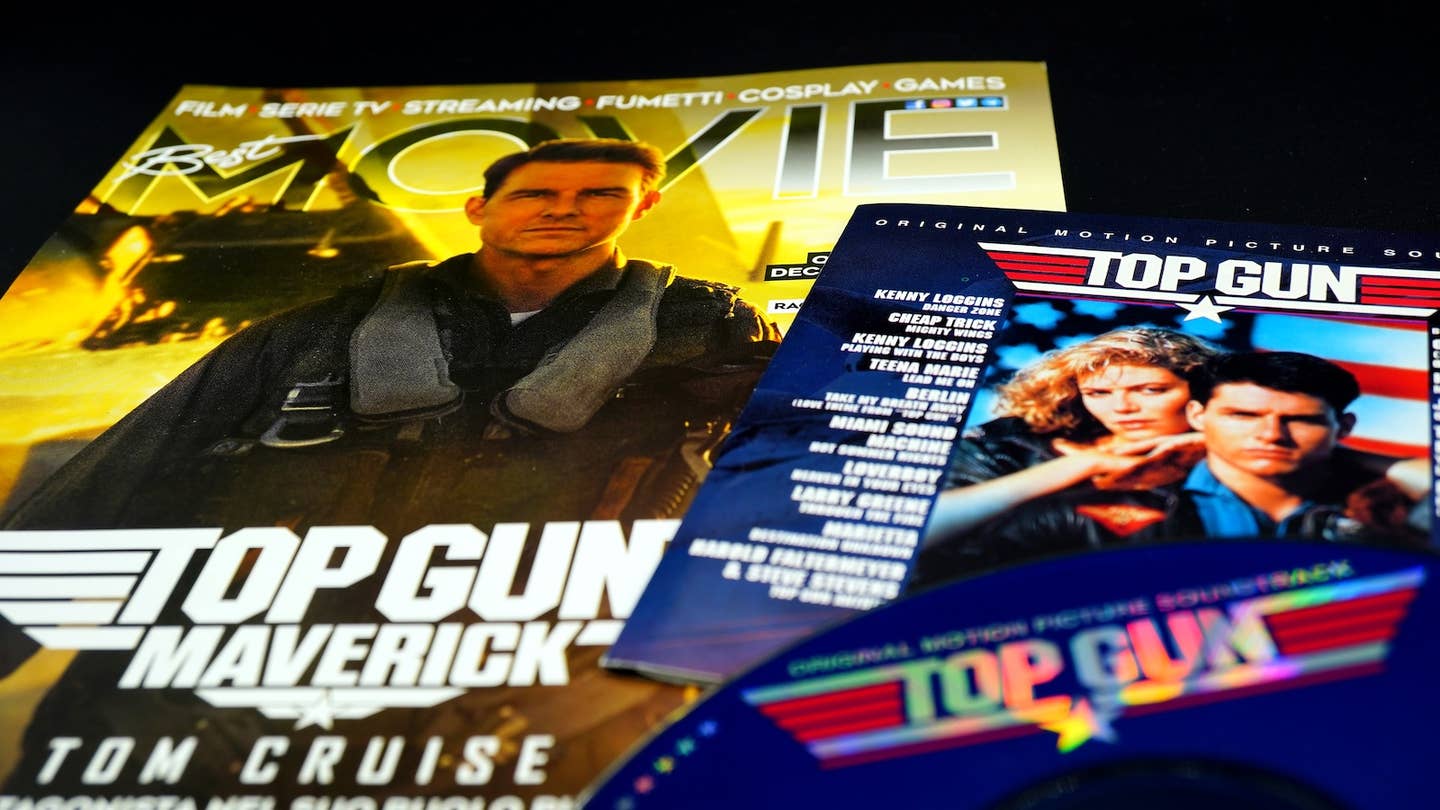There’s a Whale on That Tail
With help from a new process by Boeing, Alaska Airlines launches stunning “West Coast Wonders” livery.

Alaska Airlines Boeing 737 MAX 9 landing in an Orca Livery isolated against a bright sky. [Photo: Shutterstock]
What do you get when you combine new graphics technology and concern for the environment? A killer whale on the tail of a Boeing 737 of course.
Alaska Airlines launched its new "West Coast Wonders" livery this month with a photorealistic image of a pod of orca frolicking on the side of 737-9. The design was created through Boeing's newly developed inkjet printing process.
According to Boeing, the inkjet process for aircraft is similar to what is used for documents. Boeing teams adapted the technology commonly used for flat surfaces to precisely apply billions of dots of ink to curved surfaces using a rotatable, eight-axis print head. The new process replaces the old technique of multiple sessions of masking, painting, and waiting for the paint to cure. Instead, every dot of ink stays in place.
“Conventional livery application processes are rate-limited by cycles of masking, paint application, and curing steps for each livery color,” noted Kjersta Larson-Smith, technical fellow in Boeing Research and Technology Chemical Technology.
“With the inkjet technology, a layer of white base coat serves as the canvas, all ink colors are then applied in a single step and a clear-coat layer is the finishing coat that provides durability and protection from the service environment.”
The image for the design was a photograph taken by photographer and former Boeing employee Jane Cogan as part of her work to promote concern for endangered whales in the area. Cogan teams with the Center for Whale Research and other groups and captured the striking image on one of the group’s research projects.
“Use of the photo on the Alaska Airlines tail represents an opportunity to promote concern for the endangered southern resident killer whale population and to offer suggestions on what we as individuals, families, and communities can do to help the whales,” Cogan said. “There is strength in numbers.”
The Puget Sound area is home to several species of whales, including humpback whales, gray whales, and the orcas, also known as “killer” whales. The image on the Alaska Airlines tail is a variation of killer whale known as a southern resident and is endangered, with fewer than 100 of the species left in the region.
The photorealistic image is striking and will likely give Alaska Airlines’ famous Salmon Thirty Salmon design competition in the "favorite livery" contest.
Designs are not limited to sea life, however.
“If the customer can imagine it, we will be able to deliver it—from solid colors to photos," said Chip Frohlich, director of advanced manufacturing for Commercial Airplanes Product Development.
The time required for conventional painting of an aircraft can be as many as 12 production days. The ink-jet method is a fraction of that.Multiple Boeing teams worked together on a global scale to develop and refine the new inkjet image process, including India, Australia, and several U.S. locations. The process will eventually be made available for other Boeing customers.

Sign-up for newsletters & special offers!
Get the latest FLYING stories & special offers delivered directly to your inbox






